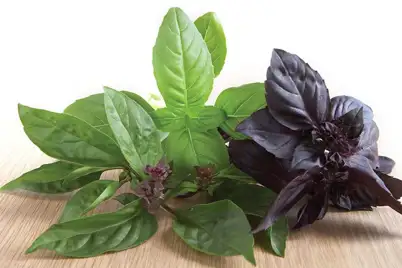The best herbs to grow are the ones you will use. Consider what dishes you normally cook and what flavours you enjoy. Once you start to get the hang of growing, then you can branch out and grow other herbs in the garden.
Here's what you need to start growing herbs at home.
Sunlight
Most herbs prefer to grow in full sun, so position them in a spot where they will receive at least half-a-day of direct sunlight. Always check plant labels to confirm the best position for your herbs. There are herbs, like chives, coriander, lemon balm, mint and parsley, that don't mind growing in slightly more shaded spots.
Soil
Grow herbs in moist, well-drained soil, enriched with plenty of organic matter, like Yates Dynamic Lifter Soil Improver & Plant Fertiliser. If the soil does not drain well, improve the soil by adding organic matter, like compost, aged manures and gypsum to the area and forking in well. If the soil is too difficult to work, consider growing in raised garden beds or planting into pots. Always use a quality potting mix, like Yates Premium Potting Mix when planting in pots or planters.
Watering
Herbs with soft, rich-green leaves, like basil, coriander, and mint will thrive with regular watering, especially during hot and dry conditions. However, Mediterranean herbs such as rosemary, thyme, oregano, and sage can tolerate drought-like conditions, provided they are well established.
Fertiliser
Most herbs are annuals, which means they only last the year, so it pays to make the most out of the growing and harvest season. To boost plant growth, feed herbs regularly with Yates Thrive Natural Vegie & Herb Liquid Plant Food.
Maintenance
Pinch or remove flower buds from herbs like basil, sage, and thyme. This helps them last longer as plants direct their energy back into producing leaves. Unfortunately, this doesn't work for coriander, which can often prematurely 'bolt' or set seed when there is a sudden change in temperature. Once it bolts, coriander becomes bitter and tough; completely inedible. It's best to plant coriander at the start of the cooler months and look for a 'slow bolt' variety.















